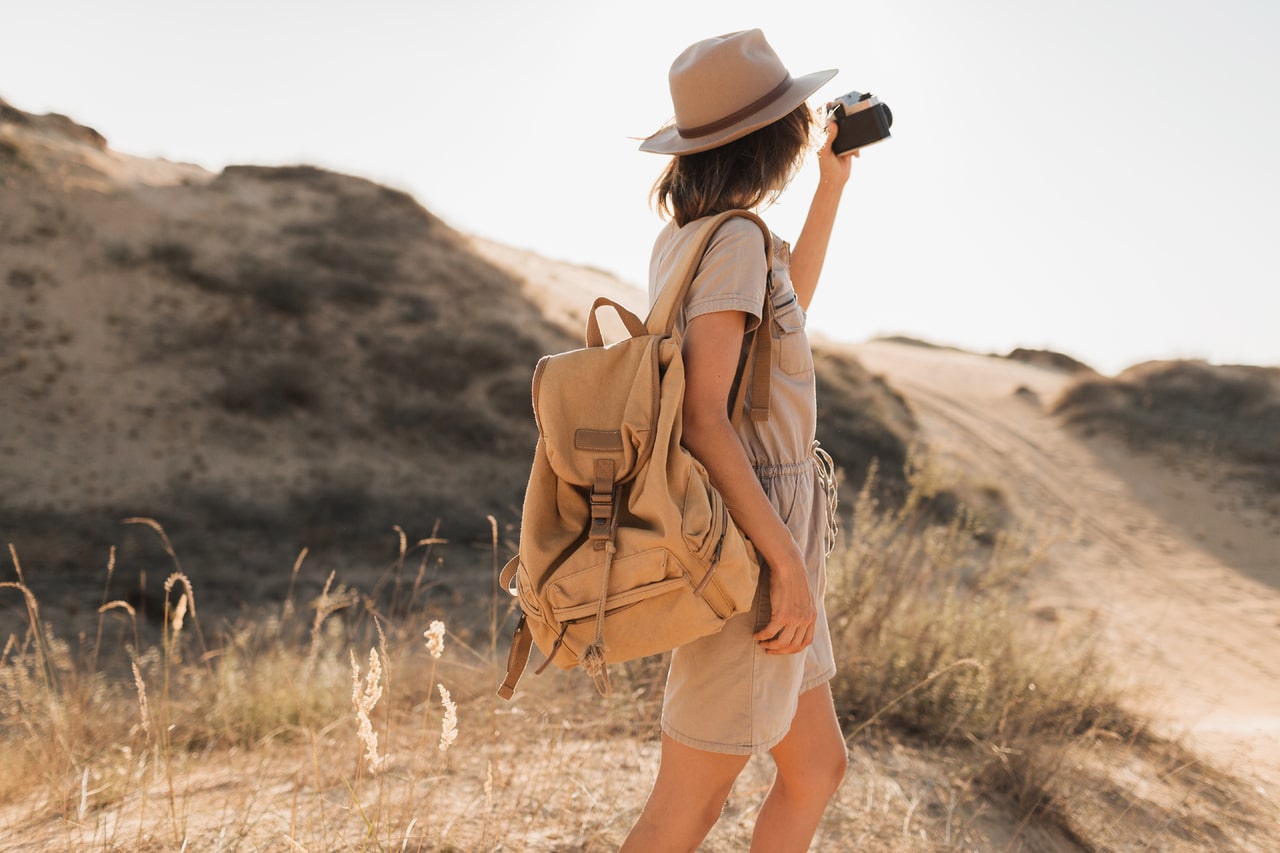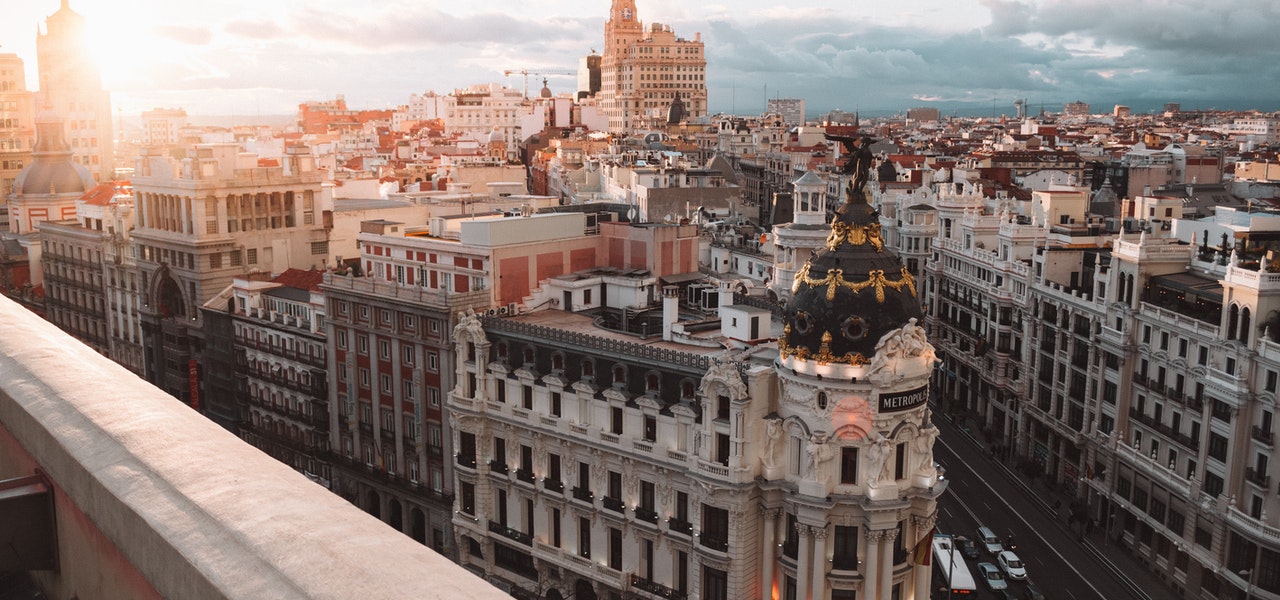

Beginner’s Guide to Natural Light Photography.

Each of these parameters may be tweaked to get the ideal exposure or the perfect balance of light and dark in your photos. If you don’t feel comfortable modifying these settings on your own, you may always use your camera’s automatic or program settings. When taking a shot, shutter speed refers to how long the shutter on your camera remains open.
Natural Light Photography Fundamentals
To capture beautiful photographs in natural light, you don’t need to attend a full photography school, but there are a few camera settings you should be familiar with before getting started:
Aperture refers to the size of the aperture in your camera lens that allows various quantities of light to pass through. F-stops are used to measure the aperture. The smaller the hole and the less light that enters the camera, the greater the f-stop. With a higher f-stop, more of the image will be in focus (think Ansel Adams). A lower f-stop implies less of your image will be in focus, allowing you to focus more on your product.
Fast shutter rates can effectively “freeze” action in a single frame, resulting in no blur. Slow shutter rates have the reverse effect, resulting in photographs that are purposely (and aesthetically) blurred. Depending on the effect you want, shutter speeds can be as fast as 1/100th of a second or as slow as a couple of seconds.
Natural light photography is a beautiful way to capture stunning images without the need for expensive lighting equipment. Whether you’re a beginner or an experienced photographer, using natural light can add a unique quality to your photos. Here’s a beginner’s guide to natural light photography.
- Understand the different types of natural light: Natural light can be soft, hard, warm, or cool, depending on the time of day and weather conditions. Understanding the different types of natural light can help you plan your shoots and create the look you want.
- Choose the right time of day: The best times for natural light photography are during the “golden hours” of sunrise and sunset, when the light is soft and warm. Midday sun can be harsh and create unwanted shadows.
- Look for interesting light sources: Natural light can come from many sources, such as windows, doors, and reflections. Look for interesting light sources that can add depth and texture to your images.
- Use reflectors: Reflectors can help bounce light back onto your subject, filling in shadows and creating a more even light. A simple white sheet or foam board can work as a reflector.
- Use diffusers: Diffusers can help soften harsh light and create a more flattering look. A sheer curtain or white umbrella can work as a diffuser.
- Position your subject: The position of your subject in relation to the light source can make a big difference in your photos. Experiment with different angles and positions to find the most flattering light.
- Shoot in RAW: Shooting in RAW format allows you to capture more detail in the shadows and highlights, making it easier to edit your photos later.
- Edit your photos: Editing can help enhance the natural light in your photos and create a more polished look. Adjusting exposure, contrast, and color temperature can help bring out the beauty of natural light.
- Avoid harsh shadows: Harsh shadows can be distracting and take away from the beauty of your subject. Try to position your subject in a way that avoids harsh shadows, or use a reflector to fill them in.
- Consider the background: The background of your photo can be just as important as your subject. Look for interesting textures and colors that can complement your subject and create a more cohesive image.
- Use backlighting: Backlighting can create a beautiful halo effect around your subject and add depth to your photos. Position your subject in front of a light source, such as a window or the sun, and experiment with different angles.
- Be mindful of the weather: The weather can have a big impact on natural light photography. Cloudy days can create soft and diffused light, while sunny days can create harsh shadows. Be prepared to adjust your settings and positioning based on the weather conditions.
- Use natural props: Natural props, such as flowers or leaves, can add an extra element of interest to your photos. Look for natural elements that complement your subject and create a cohesive theme.
- Don’t be afraid to experiment: Natural light photography is all about experimentation and finding what works best for you. Don’t be afraid to try new things and take risks with your photos.
- Practice, practice, practice: Like any skill, natural light photography takes practice to master. Take your camera out on a regular basis and experiment with different lighting conditions and subjects.
By following these tips and practicing regularly, you can become a skilled natural light photographer and capture stunning images that showcase the beauty of the world around us.




